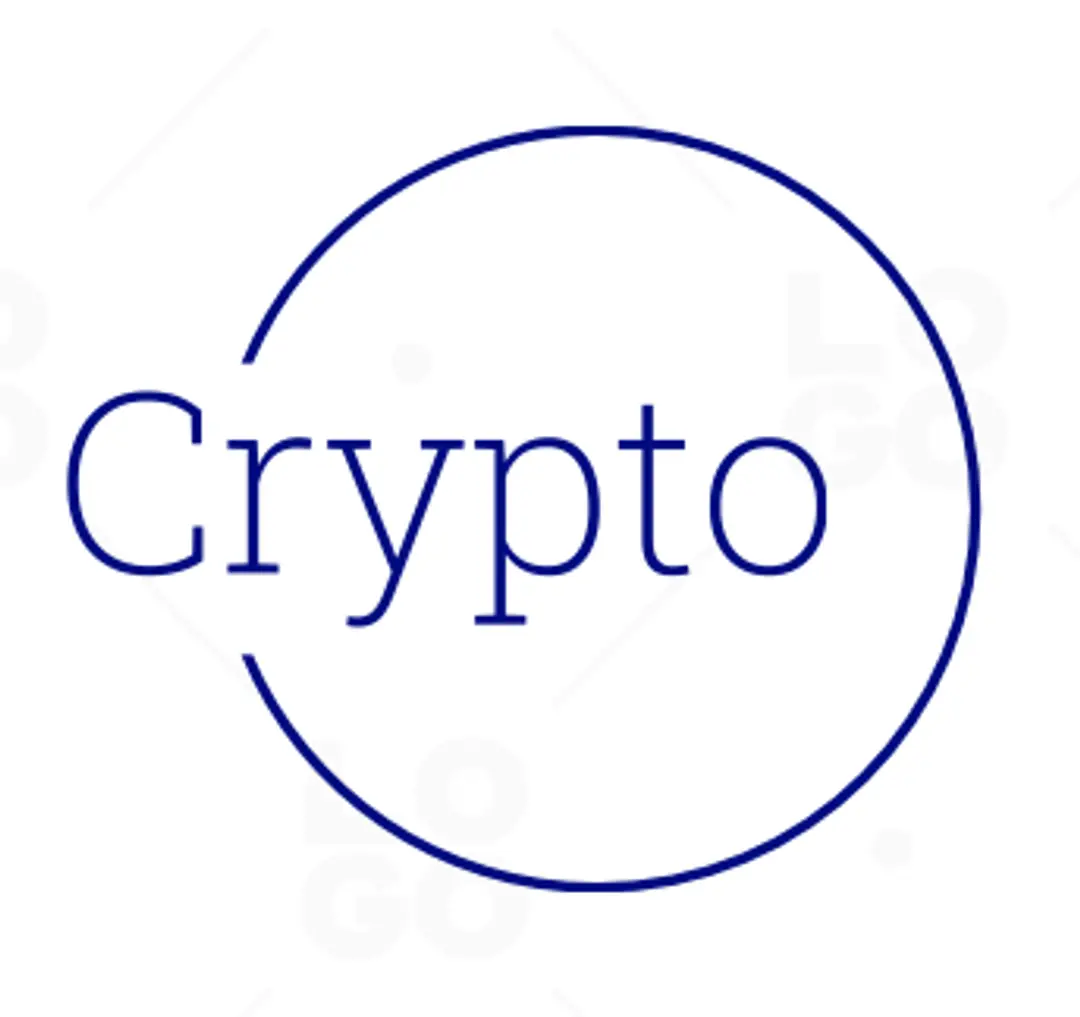Key Takeaways
- Bridging allows users to transfer crypto assets across blockchains, unlocking interoperability and access to multiple ecosystems.
- Selecting trusted bridges and understanding smart contract risks are crucial to avoid loss or hacks.
- Fees, transaction speed, and token compatibility vary widely; careful planning maximizes efficiency and safety.
Why Blockchain Bridges Matter in 2025
As crypto ecosystems diversify, interoperability has become a key factor for investors, developers, and traders. Each blockchain—Ethereum, Solana, Avalanche, Cardano, Polygon, and others—offers unique advantages, but without bridges, assets remain siloed.
Bridges enable users to move tokens between blockchains, expanding liquidity, participating in DeFi protocols across multiple networks, and taking advantage of cross-chain innovations. In 2025–2026, bridging is no longer optional—it’s a core skill for anyone active in the crypto space.
What Is a Blockchain Bridge?
A blockchain bridge is a protocol that connects two separate blockchains, allowing tokens and data to move securely between them.
There are two main types:
- Centralized Bridges: Managed by a trusted entity that holds the original asset and issues a wrapped token on the destination chain.
- Decentralized Bridges: Use smart contracts, validators, or multi-signature mechanisms to automate and secure cross-chain transfers without a single point of failure.
Bridging typically involves locking the original token on the source chain and minting a wrapped version on the target chain, which can later be redeemed or burned to reclaim the original asset.
How to Bridge Assets: Step-by-Step
Step 1: Choose Your Source and Target Chains
Decide which blockchain you want to move assets from and which chain you want to access. Examples:
- Ethereum → Solana
- Polygon → Avalanche
- Binance Smart Chain → Ethereum
Each chain has its own compatibility, supported tokens, and network fees.
Step 2: Select a Trusted Bridge
Popular bridges in 2025 include:
- Wormhole: Solana ↔ Ethereum, BSC, Avalanche
- Celer cBridge: Multi-chain fast transfers
- Synapse Protocol: Supports Ethereum, Polygon, Avalanche
- LayerZero / Stargate: Low-fee, secure cross-chain transfers
When choosing a bridge, consider:
- Security audits and track record
- Transaction fees
- Supported tokens
- Speed of confirmation
Step 3: Connect Your Wallet
Most bridges require connecting a wallet like MetaMask, Phantom, Keplr, or Trust Wallet. Ensure:
- You’re on the correct network in your wallet
- Wallet is funded with enough tokens for both the transfer and gas fees
- You use official bridge URLs to avoid phishing scams
Step 4: Initiate the Transfer
- Select the token and amount to bridge
- Choose the source and destination chains
- Confirm transaction details and gas fees
- Approve the transaction in your wallet
After confirmation, the bridge locks your source tokens and mints wrapped tokens on the target chain.
Step 5: Verify Receipt
Once the transfer completes:
- Check your wallet on the destination chain
- Verify token balance
- Only interact with reputable DeFi or DEX platforms to use bridged assets
Common Risks and How to Avoid Them
1. Smart Contract Vulnerabilities
Bridges rely on complex contracts, and hacks remain a major risk. In 2025, exploits still happen due to poorly audited code.
Mitigation: Use audited bridges and only bridge what you can afford to risk.
2. Network Congestion and Fees
Cross-chain transfers require gas fees on both source and destination chains. High congestion can delay transfers.
Mitigation: Check network status and plan transfers when gas is low.
3. Wrapped Token Depeg
Bridged tokens may depeg slightly from their original asset due to liquidity imbalances.
Mitigation: Use high-liquidity bridges and stablecoins when possible.
4. Phishing and Fake Bridges
Fraudulent websites can trick users into sending funds to malicious addresses.
Mitigation: Bookmark official bridge URLs, double-check contracts, and avoid third-party links.
Optimizing Your Cross-Chain Strategy in 2025–2026
- Start small: Test the bridge with a minimal transfer to verify the process.
- Use stablecoins for predictable value: USDT, USDC, or DAI reduce volatility risk.
- Diversify bridges: Avoid relying on a single bridge for large transfers.
- Monitor gas and transaction speed: Combining high-speed chains can save money and time.
- Keep security tools updated: Hardware wallets, multi-factor authentication, and phishing protections are essential.
Cross-chain strategies now underpin DeFi farming, NFT trading, and token arbitrage, so mastering bridging skills is critical for active users.
Conclusion: Bridges Enable the Multi-Chain Future
In 2025–2026, blockchain bridges are more than technical tools—they are gateways to liquidity, innovation, and financial freedom across multiple networks. They allow users to access new DeFi ecosystems, diversify holdings, and participate in cross-chain opportunities.
By understanding the mechanics, selecting reputable bridges, and applying careful risk management, anyone can move assets securely and efficiently. As crypto becomes increasingly multi-chain, knowing how to bridge assets safely is no longer optional—it’s essential




